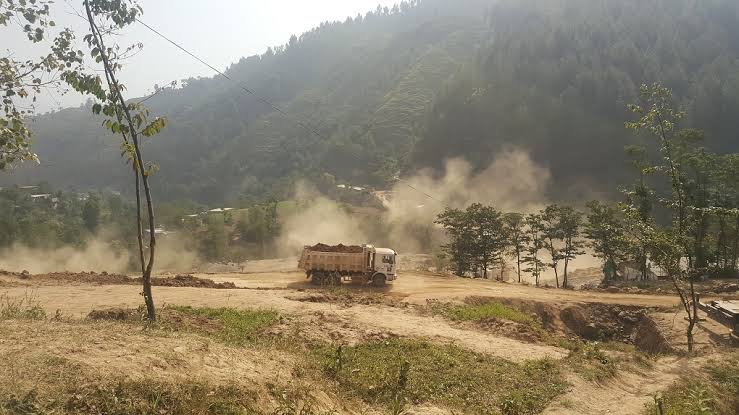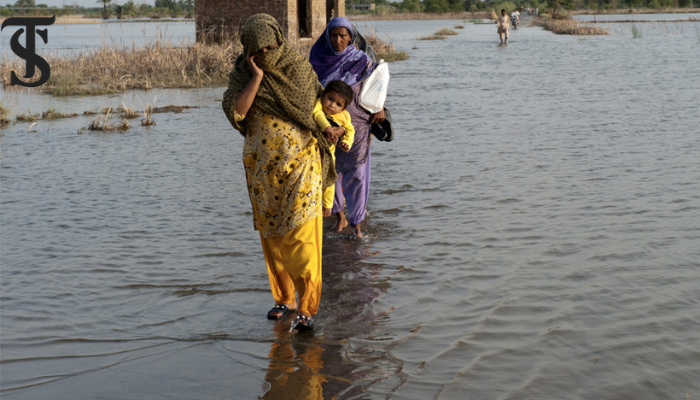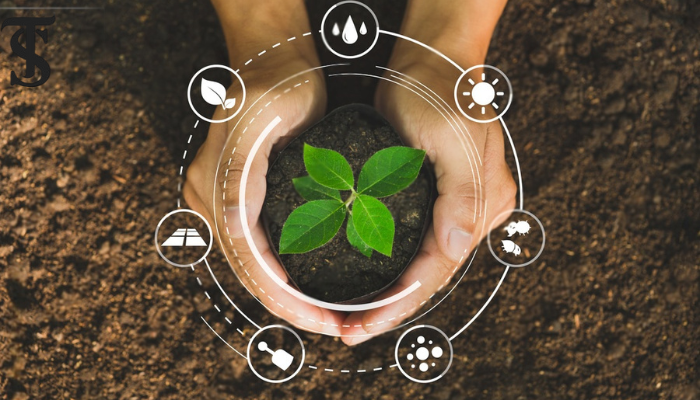Understanding the Vulnerability of Women and Climate Change

- Women are disproportionately affected by climate change, especially in agriculture, health, and domestic responsibilities, due to gender inequality and lack of resources.
- Education and empowerment of women are essential for combating climate challenges and improving their ability to cope with climate-related crises.
- Global initiatives like the Paris Agreement and organizations such as UN Women and WEDO are working to address the gender-climate nexus by promoting women's leadership in climate action.
Meet Mariama, a 43-year-old farmer from Senegal, whose livelihood has been continuously threatened by persistent drought and arid conditions, leading to repeated crop failures. Once a prosperous millet grower, she has seen her farming income drastically affected by the harsh realities of climate vulnerability. She reveals, “We struggle to get enough rain when we need it. Our crops are failing. While the males go to the city, we women are required to stay and look after the children.” The struggle of millions of women across the globe—who are left with meager means to serve as caregivers and provide for their families during times of climate crisis—reflects the intersection of the vulnerability of women and climate change as a reality.
Climate change has brought a rise in global temperatures, erratic weather patterns, and the frequency of catastrophic disasters. However, the implications are not similar. Globally, women and girls are more prone to the climate problem than men are. Eighty percent of those displaced by climate change are women, according to the United Nations. However, this raises the question: how does global warming exploit gender inequality?
Numerous social, economic, and cultural elements might be considered while answering this issue. Women’s ability to cope is hampered by these obstacles. Higher susceptibility in agriculture is the first cause. Depending on the region, women farmers produce 45–80% of the food in underdeveloped nations. Around 90% of women work in agriculture worldwide, including in two-thirds of developing nations and 90% of Africa. Women from these regions are inevitably impacted if the severe weather has a detrimental effect on agriculture.
Around the world, women and girls were responsible for carrying out domestic responsibilities and fetching water for their families. In underdeveloped nations, according to the World Health Organization, women spend six hours a day fetching water. Their workloads are increased by floods, droughts, shifting rainfall patterns, and the drying up of local rivers and streams, depicting the cahoots of the vulnerability of women, and climate change is exacerbating with every passing day. From Samburu, Esther, a mother of four, told how “we used to fetch water nearby, but now we have to walk for miles, and it’s sometimes dangerous.
The climate catastrophe also affects their health and restricts their access to educational possibilities. Because women manage the home, climate change has made their lives more difficult and demanding. Due to rising illness rates and food shortages, women’s daily routines have intensified. Compared to men, they have worse economic standing as they do not control the resources directly. Thus, the harm done to industries that provide employment, like agriculture, because of the variations in the global climate jeopardized the status of women further.
Recovering from climate-related calamities appears to be difficult for them as they are less likely to own property and land. Additionally, heat stress, difficult pregnancies, malaria, and other health concerns for women are made worse by climate change. Seventy percent of women are more likely to experience a health crisis connected to climate change, according to the World Health Organization.
In 2019, Cyclone Idai devastated Mozambique; however, the observers later revealed the vulnerability of women and climate change after analyzing the destruction caused by the Idai. The 28-year-old mother Fatima reveals that the nearby clinic was destroyed by flooding, and she was compelled to give birth in an overcrowded shelter. “I was frightened.” Nothing existed—not even a midwife or clean water. These are Fatima’s words, and like her, many women all over the world are experiencing health issues as a result of climate vulnerability.
The Green Belt Movement was initiated in Kenya by the late Wangari Maathai. Under her direction, more than 51 million trees were planted to slow down climate change and stop deforestation. This program increases the status of women in society while also lowering carbon emissions.
Women’s education can help with all of these issues. The only thing that can help them combat climatic breakdown is knowledge. This aids in their comprehension of the effects of the climate, enables them to develop solutions, and improves their quality of life. Giving women the authority to fight for their rights and prevail is another way to solve the problem. Global organizations are taking many of the measures to redress the vulnerability of women and climate change. UN Women, for example, strives to guarantee that climate action is equal and inclusive of all genders. Moreover, the Paris Agreement addresses climate change and women’s empowerment. It also recognizes how important gender equality is; based on data from 2023, this pact covered about 68 countries.
Women’s Environment and Development Organization (WEDO) makes certain that women contribute to the fight against climate change. It stated that more than 1,000 local women have implemented climate-related projects. 38 percent of the delegates at a recent climate conference were women, according to the United Nations Framework Convention on Climate Change. The Gender Action Plan included augmentation as a goal. The Green Belt Movement was initiated in Kenya by the late Wangari Maathai. Under her direction, more than 51 million trees were planted to slow down climate change and stop deforestation. This program increases the status of women in society while also lowering carbon emissions.
In short, the vulnerability of women and climate change have become a profound challenge for the international community, particularly for the impoverished countries that are already battling with gender inequality. However, this challenge may be overcome by supporting women in leadership roles, providing them with the knowledge and skills to face hardships head-on, and also providing them with a platform to speak up and make decisions. By inculcating such policy measures, the world will not only achieve gender equality prudently but can also protect humanity from the threats of climate change.
Hamna Yasmeen
The author is pursuing a Bachelor's degree in International Relations at NUML, Islamabad. She has a strong interest in research and creative writing on a range of topics, including politics, climate change, and more.





